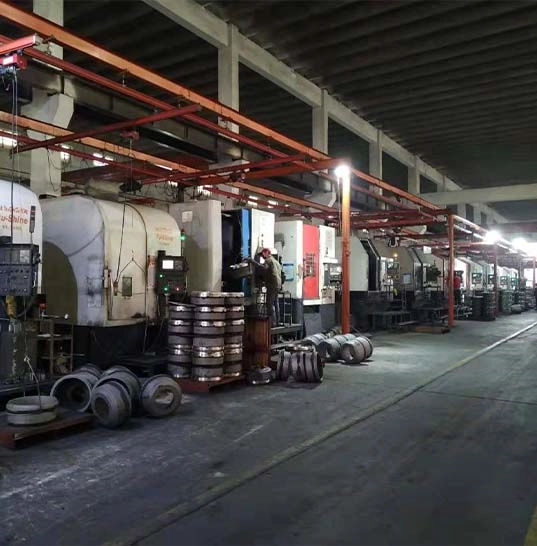
-
 Afrikaans
Afrikaans -
 Albanian
Albanian -
 Amharic
Amharic -
 Arabic
Arabic -
 Armenian
Armenian -
 Azerbaijani
Azerbaijani -
 Basque
Basque -
 Belarusian
Belarusian -
 Bengali
Bengali -
 Bosnian
Bosnian -
 Bulgarian
Bulgarian -
 Catalan
Catalan -
 Cebuano
Cebuano -
 Corsican
Corsican -
 Croatian
Croatian -
 Czech
Czech -
 Danish
Danish -
 Dutch
Dutch -
 Chirungu
Chirungu -
 Esperanto
Esperanto -
 Estonian
Estonian -
 Finnish
Finnish -
 French
French -
 Frisian
Frisian -
 Galician
Galician -
 Georgian
Georgian -
 German
German -
 Greek
Greek -
 Gujarati
Gujarati -
 Haitian Creole
Haitian Creole -
 hausa
hausa -
 hawaiian
hawaiian -
 Hebrew
Hebrew -
 Hindi
Hindi -
 Miao
Miao -
 Hungarian
Hungarian -
 Icelandic
Icelandic -
 igbo
igbo -
 Indonesian
Indonesian -
 irish
irish -
 Italian
Italian -
 Japanese
Japanese -
 Javanese
Javanese -
 Kannada
Kannada -
 kazakh
kazakh -
 Khmer
Khmer -
 Rwandese
Rwandese -
 Korean
Korean -
 Kurdish
Kurdish -
 Kyrgyz
Kyrgyz -
 Lao
Lao -
 Latin
Latin -
 Latvian
Latvian -
 Lithuanian
Lithuanian -
 Luxembourgish
Luxembourgish -
 Macedonian
Macedonian -
 Malgashi
Malgashi -
 Malay
Malay -
 Malayalam
Malayalam -
 Maltese
Maltese -
 Maori
Maori -
 Marathi
Marathi -
 Mongolian
Mongolian -
 Myanmar
Myanmar -
 Nepali
Nepali -
 Norwegian
Norwegian -
 Norwegian
Norwegian -
 Occitan
Occitan -
 Pashto
Pashto -
 Persian
Persian -
 Polish
Polish -
 Portuguese
Portuguese -
 Punjabi
Punjabi -
 Romanian
Romanian -
 Russian
Russian -
 Samoan
Samoan -
 Scottish Gaelic
Scottish Gaelic -
 Serbian
Serbian -
 Sesotho
Sesotho -
 Shona
Shona -
 Sindhi
Sindhi -
 Sinhala
Sinhala -
 Slovak
Slovak -
 Slovenian
Slovenian -
 Somali
Somali -
 Spanish
Spanish -
 Sundanese
Sundanese -
 Swahili
Swahili -
 Swedish
Swedish -
 Tagalog
Tagalog -
 Tajik
Tajik -
 Tamil
Tamil -
 Tatar
Tatar -
 Telugu
Telugu -
 Thai
Thai -
 Turkish
Turkish -
 Turkmen
Turkmen -
 Ukrainian
Ukrainian -
 Urdu
Urdu -
 Uighur
Uighur -
 Uzbek
Uzbek -
 Vietnamese
Vietnamese -
 Welsh
Welsh -
 Bantu
Bantu -
 Yiddish
Yiddish -
 Yoruba
Yoruba -
 Zulu
Zulu
Understanding the Functionality and Designation of Brakes in a Dual-Servo Drum System
The Brakes on a Dual-Servo Drum System A Comprehensive Overview
In the world of automotive engineering, braking systems play a crucial role in ensuring vehicle safety and performance. Among various types of braking mechanisms, the dual-servo drum brake system stands out for its effectiveness and reliability. This system utilizes a unique design whereby the braking components work in unison to achieve optimal stopping power. In this article, we will explore the components, functioning, advantages, and applications of dual-servo drum brakes.
Understanding the Dual-Servo Drum Brake System
The dual-servo drum brake system primarily consists of a brake drum, brake shoes, a wheel cylinder, and a series of levers and springs. The design is considered dual-servo due to its dual action feature; when the brakes are applied, one shoe pushes against the drum, pulling the other shoe into contact with the drum. This self-energizing action enhances the braking force, making the system more efficient compared to traditional drum brakes.
How It Works
When the driver presses the brake pedal, hydraulic pressure is generated within the wheel cylinder. This force pushes the brake shoes outward against the inner surface of the drum. As the first shoe makes contact with the drum, it not only slows down the rotation of the drum but also pulls the second shoe into contact through the leverage mechanism, thereby increasing the overall friction and enhancing the stopping power.
The geometry of the components is critical; the more the drum rotates in the direction of travel, the more the brake shoes are forced into contact with it. This self-energizing feature is what gives the dual-servo system its advantage, requiring less pedal force for effective braking.
Advantages of Dual-Servo Drum Brakes
the brakes on a dual-servo drum system are designated as

1. Efficiency One of the primary benefits of a dual-servo drum brake system is its efficiency. The self-energizing action minimizes the effort needed from the driver, improving the overall driving experience.
2. Self-adjustment Many dual-servo systems come with automatic self-adjusting features. As the brake shoes wear down over time, this system ensures that the shoes remain in optimum contact with the drum, maintaining effective braking performance.
3. Cost-effective The simplicity of design also means that dual-servo drum brakes are relatively inexpensive to manufacture and maintain. They are often favored in budget-friendly vehicles, ensuring good performance without significant costs.
4. Consistent performance These brakes can handle a wide range of driving conditions. Whether in wet or dry conditions, the dual-servo mechanism provides consistent braking power, enhancing safety.
Applications
Dual-servo drum brake systems are commonly used in various vehicles, particularly in those where cost, weight, and performance balance is crucial. This includes many economy cars, trucks, and some off-road vehicles. Additionally, they can be found in older vehicles, as many modern cars have transitioned to disc brakes for the front wheels but still utilize drum brakes in the rear.
Conclusion
The dual-servo drum brake system exemplifies a classic yet effective engineering solution in the automotive industry. Its self-energizing capability, efficiency, and cost-effectiveness make it ideal for a wide variety of applications. Understanding this system not only highlights the advancements in braking technology but also emphasizes the importance of these components in ensuring safety and performance on the road. As technology progresses, this traditional system continues to hold its ground, adapting to meet the demands of modern driving.
-
Why Choosing the Right Brake Drum Manufacturer Matters for Vehicle Safety and PerformanceNewsJun.05,2025
-
Understanding Heavy Duty Brake Drums: Key to Truck Safety and PerformanceNewsJun.05,2025
-
Reliable Braking Systems: Rear and Trailer Drum Brake Solutions for Heavy-Duty ApplicationsNewsJun.05,2025
-
Power and Precision: Why Brake Drums Still Dominate in Vehicle Safety SystemsNewsJun.05,2025
-
Brake Drums: Essential Components for Vehicle Safety and PerformanceNewsJun.05,2025
-
Superior Brake Drums & Rotors for Reliable Stopping PowerNewsJun.03,2025
-
Premium Brake Drums for Maximum Stopping PowerNewsJun.03,2025
